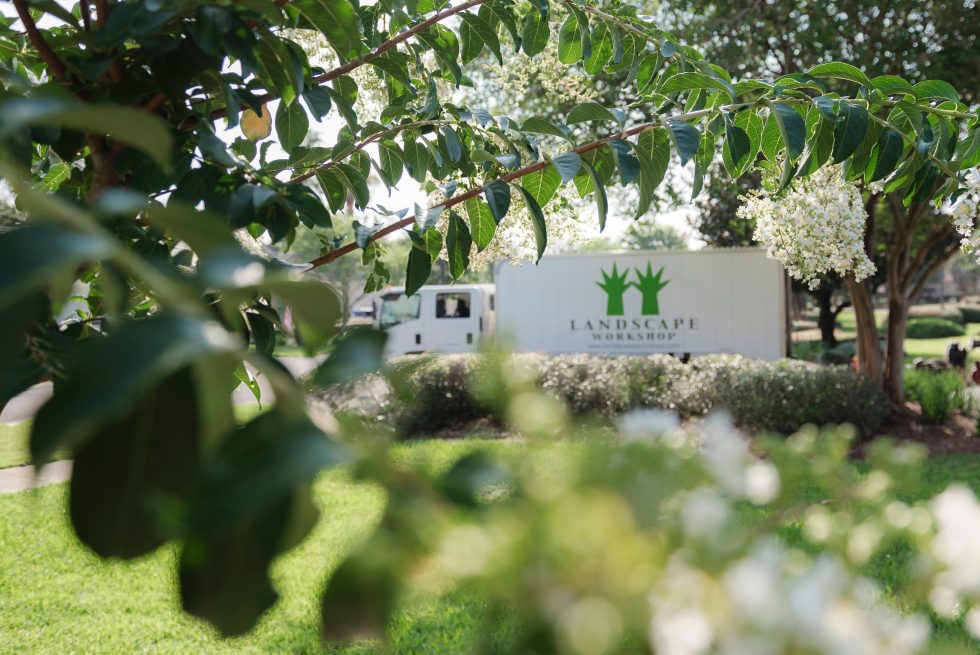5 Problems Dead Trees Cause In Commercial Landscaping

Trees are absolutely crucial for commercial landscaping. They give the property an inviting look and attract more people. But they need proper maintenance. That means you’ll have to take care of the regular pruning, their health, and whatever else is necessary to keep the trees alive and well. Landscape Workshop can help you with any dead trees on your commercial property.
5 Problems Dead Trees Cause In Commercial Landscaping
Cutting a tree may sound wrong, but sometimes that’s what needs to be done. Dead trees can mess with the overall look of your commercial space. Sometimes, they can even be dangerous.
What Are The Problems
Dead trees ruin the view, but that’s not the only problem they cause. They can endanger other trees in their vicinity and more. Here are five issues dead trees cause in commercial landscaping:
Reduced Aesthetic Value
Commercial areas are supposed to have well-maintained outdoor spaces so customers can enjoy them. Therefore, the aesthetic should be warm and welcoming. Commercial landscaping services plant trees while shaping the area for that purpose. These trees ought to be healthy and green. Many services only use evergreens because they’re green year-round. The point is that healthy trees contribute to the area’s overall aesthetic and give it an inviting feel. Dead trees tend to be an eyesore. The dead trunks, overgrown branches, and general bare appearance tend to be off-putting for a lot of people.
Attract Pests
Dead trees are like a homing beacon for all sorts of pests. These include insects like carpenter ants, termites, woodlice, and more. These insects are attracted to the dead wood and feed on the nutrients inside. If left unattended, they can cause a major infestation. Dead trees also attract other decomposers like fungi or animals like bats. They may seem harmless, but they can spread to other trees. There’s a chance that the surrounding trees may also die. Then the problem will just keep escalating.
Risk of Disease
As we said before, dead trees attract pests that can also spread diseases to other trees. In short, you might end up with more dead trees. However, that’s not the only risk factor here. The other one has to do with the cause of the tree’s death. If the tree suffered from an infection, it’s crucial to get rid of everything before the disease spreads to other vegetation. Infectious diseases don’t take long to make their way through entire sections of vegetation, and you might end up with a bigger problem.
Safety Hazards
Dead trees are also safety hazards for people and property. The trees are weak, and dead branches can fall off at any time. If someone passes below them at that time, they could get seriously injured. These trees are also more likely to fall over during a storm. They can cause structural damage to your or someone else’s property.
You’ll have to spend money on repairs if it’s your property. You’ll be held responsible even if it falls on someone else’s property. That could lead to you having to pay for repairs and whatever other compensation they demand. All in all, you’re at risk of more financial trouble than it’s worth.
Decreased Useful Space
If a tree does fall down, it decreases the usable space for people. You want your commercial outdoor space to be used well. People can relax there, take pictures, or visit with clients. The point is that you need the space. Dead trees reduce your usable space.
Recognizing the Early Signs of the Problem
We just went over why dead trees in commercial spaces are a bad idea. Now, the question is, how will you know when it’s time to get rid of a tree? We can help with that too. Here are a few signs that it’s time for a tree to go.
Infection
Infection diseases are a big problem with trees, and they have to be taken care of quickly. It’s not always easy to determine infection, and you might need a professional for this. However, there are some signs you can look for. These include:
- Abnormal cracks in the bark
- Losing leaves from the top down
- Discolored leaves
- Spots on the leaves
- Wounds on the tree trunk may ooze fluids
Root Damage
Root damage is another tricky thing. Since the roots are underground, it’s not always obvious that they’re damaged. That’s where context comes in. Think – has there been a situation that could have hurt the roots? Any usage of heavy equipment? If you can’t think of anything like that, look at the obvious stuff. Is the tree leaning to one side? That’s a major indication of root damage. It also means there’s a heavy chance the whole thing is going to fall over. Root stress or damage can also be seen if there are new sprouts coming from the bottom and dead on top which can be caused by too much or too little water.
Fungal Growth
A fungus is basically a decomposer. It feeds on dead stuff. So if you see fungal growth on a tree, there’s a large chance that the tree is dead or dying. The problem is recognizing fungal growth. The easiest indication is mushrooms. If you see a bunch of mushrooms growing around the base of the tree, it may be time to get rid of them.
Dead Limbs
If you see that branches are falling off the tree, the tree is probably dead. Another indication would be the leaves. Dead or dying trees don’t shed their dead leaves. Other things to look out for are sparse canopies and weird branching patterns.
Am I Supposed to Remove Dead Trees by Myself?
We would hope not. If it’s a commercial property, there’s a big chance you don’t have time to go and inspect everything. That’s where we come in. Commercial landscaping services, like ours, use experts who can do everything without you having to move a muscle. Here at Landscape Workshop, we offer landscape maintenance services. We’ll take care of all your landscaping issues for you. Our professional crews provide top-notch services and help ensure the quality of your outdoor spaces.
Call Now!
You can call us for an estimate, and we’ll see where that takes us. Call today and say hello to a beautifully landscaped commercial property.



































